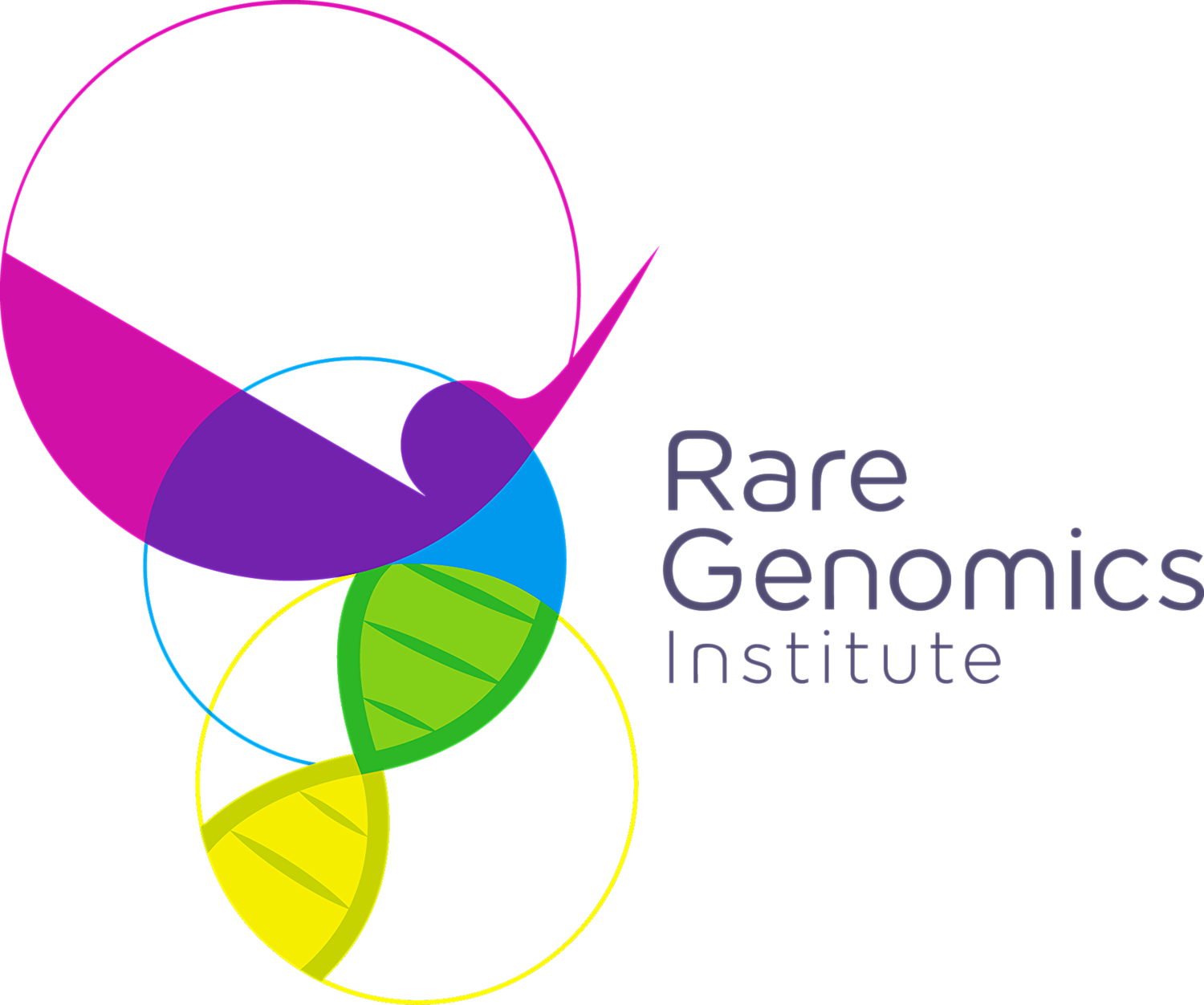CRISPR and Gene Therapy: An Overview of the Breakthrough Gene-Editing Tool
/CRISPR has been in the news lately—for good reason. At Sichuan University, the first human patient is being treated with immune cells edited via CRISPR.
CRISPR has made effective gene therapy a realistic possibility for the near future. But how?
Targeting DNA with CRISPR
CRISPR is short for Clustered Regularly Interspaced Short Palindromic Repeats. The long name describes what it is: DNA segments from prokaryotes (single-cell organisms) with a series of short, repetitive base sequences punctuated by spacer DNA that originated from plasmids or phages (infectious agents). Palindromic repeats aren’t like palindromes in language; instead, they are a particular sequence of DNA that, when transcribed, can form a three-dimensional “hairpin” loop in RNA.
CRISPR DNA segments are part of a prokaryotic immune system, the CRISPR/Cas system. When plasmids and phages attack a prokaryote, inserting foreign DNA, this system resists. CRISPR associated proteins (Cas) use the foreign origins of CRISPR’s spacer DNA to identify the newly inserted sequences. Cas then copies these sequences and places them into an RNA molecule. Cas and this RNA molecule comb through the cell to find foreign DNA from plasmids or phages. When a match occurs, the portion of the RNA molecule copied from the spacer DNA locks on, allowing a Cas enzyme—Cas9, an endonuclease—to slice the foreign DNA. Now damaged from broken phosphodiester bonds, the plasmid’s or phage’s DNA can’t replicate within the cell.
The specific CRISPR/Cas system used in biotechnology is engineered from the CRISPR/Cas system in the bacteria that causes strep throat, Streptococcus pyogenes. When people talk about CRISPR, they’re referring to the whole CRISPR/Cas system, not just CRISPR as the DNA segments.
Using CRISPR to Cure
CRISPR can be used in gene therapy to treat diseases with a genetic component. Gene therapy uses genes themselves as a means to prevent or treat diseases. This can be done at a cellular level by inserting healthy genes, making a harmful gene inactive, or replacing a harmful gene with a healthy gene. Gene therapy uses a process called genome editing, which refers to any method that uses an endonuclease (molecular scissors) to cut DNA at a specific location in order to insert, remove, or replace a gene. Cas9’s ability to slice foreign DNA at targeted points makes CRISPR an effective tool for gene editing, and therefore, gene therapy.
When treating disease, scientists program CRISPR to detect a specific sequence that makes up a harmful gene. When that sequence is found, the DNA strand is unzipped and the harmful gene removed. In some cases, the DNA can repair itself. In others, scientists insert a healthy gene into the gap left by CRISPR. Gene therapy that occurs in somatic cells (body cells) facilitates treatment, as the gene’s intended function is restored.
Looking Forward
CRISPR isn’t foolproof, though; sometimes, Cas9 can cut DNA at the wrong place. However, CRISPR’s efficiency and overall accuracy allow it to overshadow earlier gene editing tools, like TALENs (transcription activator-like effector nucleases) and ZFN (zinc finger nuclease). Because of its programmable nature, it only takes a few days to engineer CRISPR to detect a specific sequence of DNA. With CRISPR, both copies of a gene—and both copies of multiple genes—can be edited at the same time.
Despite these qualities that make CRISPR the most efficient gene editing tool yet, both technical and ethical issues compound research. A significant technical hurdle is how CRISPR is delivered into individual cells. CRISPR must have direct access to a cell’s DNA to make repairs.
And even though CRISPR has already been used successfully in crops, mice, and mosquitoes, ethical questions arise when genetic engineering is applied to humans. This type of gene editing still poses risk: the crux of the decision to use gene therapy relies on weighing the risks of a genetic disease versus the risks of its potential cure. Even if ongoing research trials are successful, it will take years for CRISPR-enabled gene therapy to become a fixture of the clinician’s office.
Overall, CRISPR is an accurate and powerful tool revolutionizing how gene editing and gene therapy are approached. As more research is completed, the full potential of this method can be revealed.

